Explore
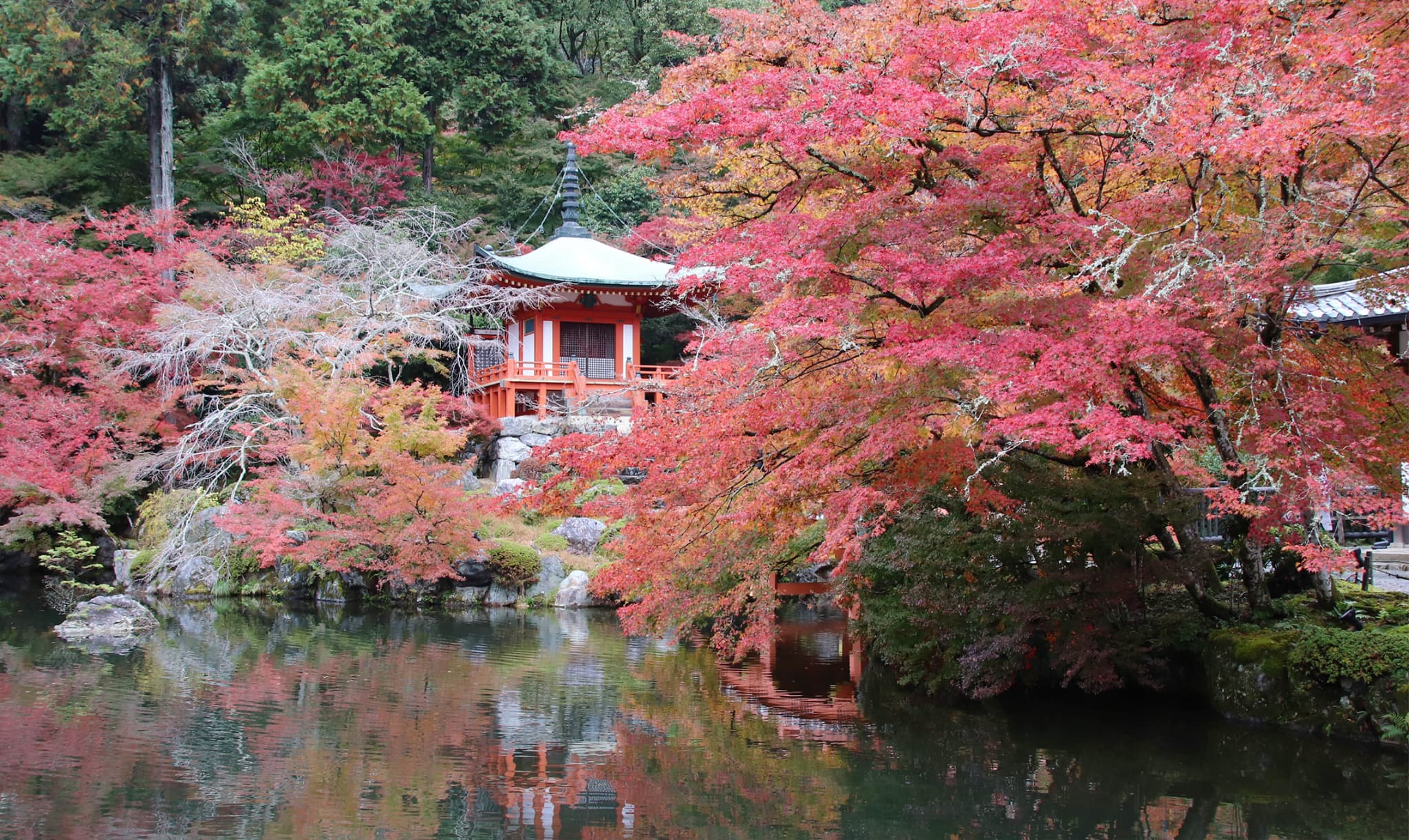
The Daigoji Temple is still an operating monastery, with its numerous priests practicing Shingon Buddhism daily and longing to share with others the specifities of their spiritual practices. While a spiritual harbour, it was also for many centuries a welcoming home for traditional Japanese Arts and their masters.
Map

Shimo Daigo - Lower Part
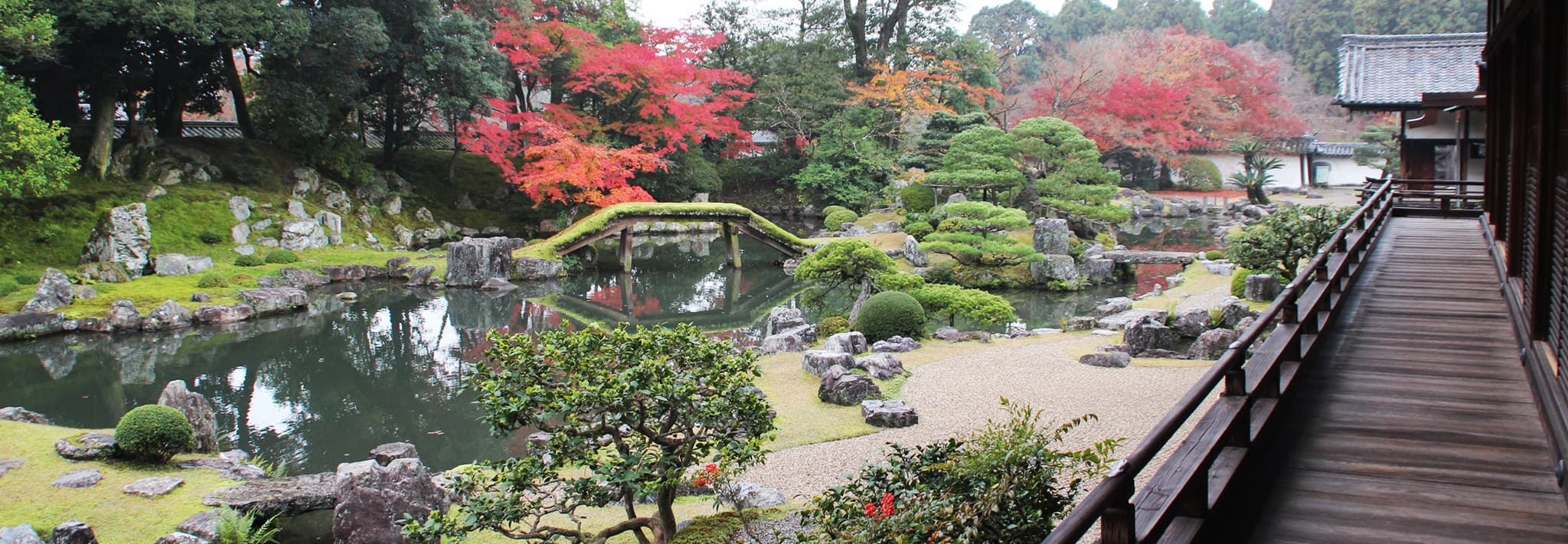
Sanbō-in Area
The Sanbō-in, former main residence for head priests, is composed of a majority of buildings designated as Important Cultural Properties, with its ‘main drawing room’, Omote-shōin, a National Treasure and one of the most iconic buildings of Medieval Japan. From inside the room, you can enjoy a view over the traditional Japanese garden, uniquely designed by Toyotomi Hideyoshi himself, one of Japan’s most famous historical figure considered to be its ‘Great Unifier’.

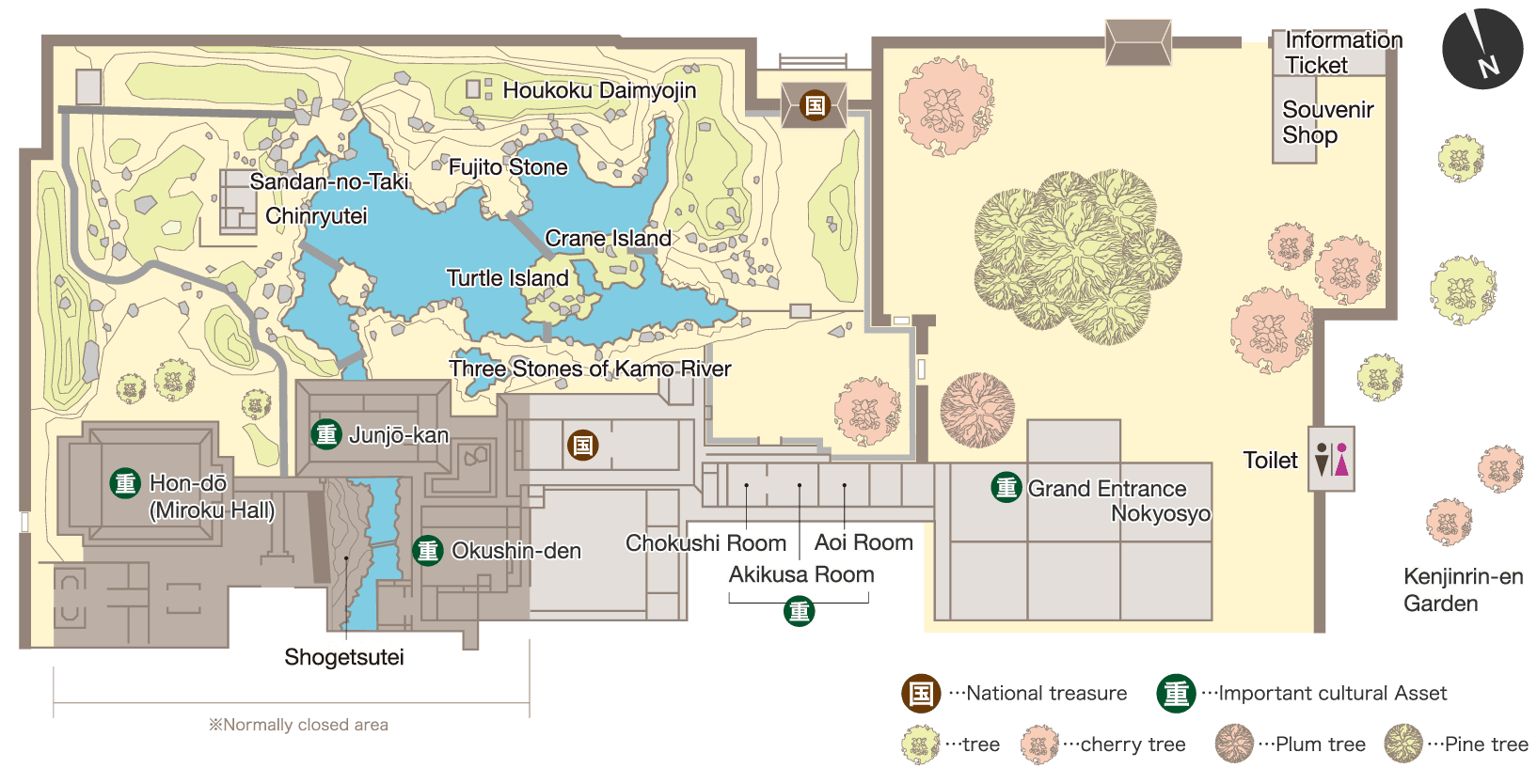
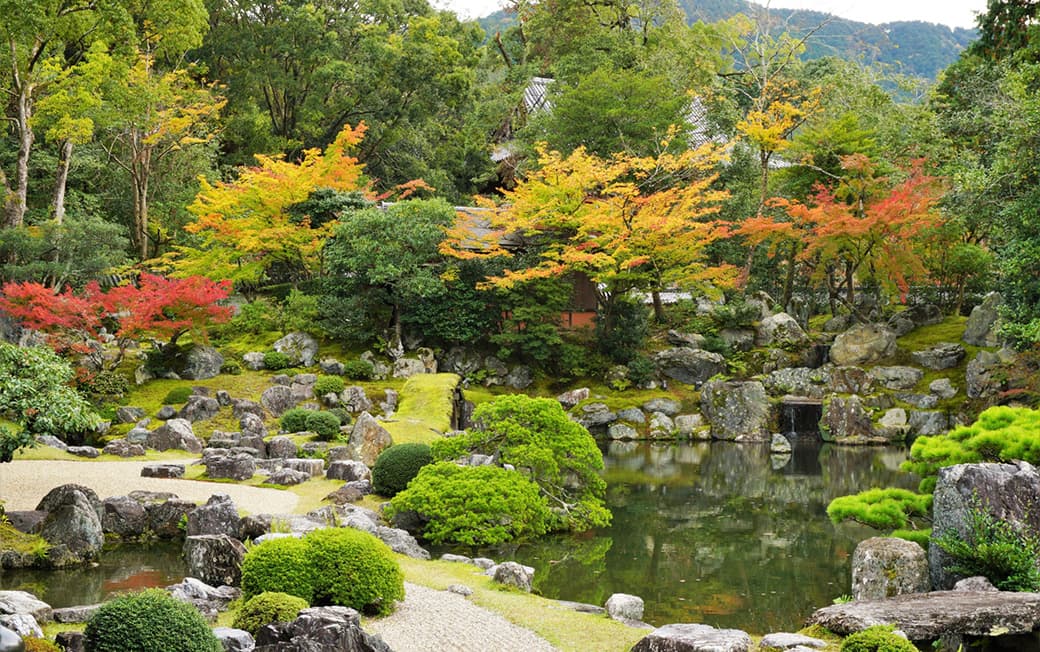
12Sanbō-in Garden
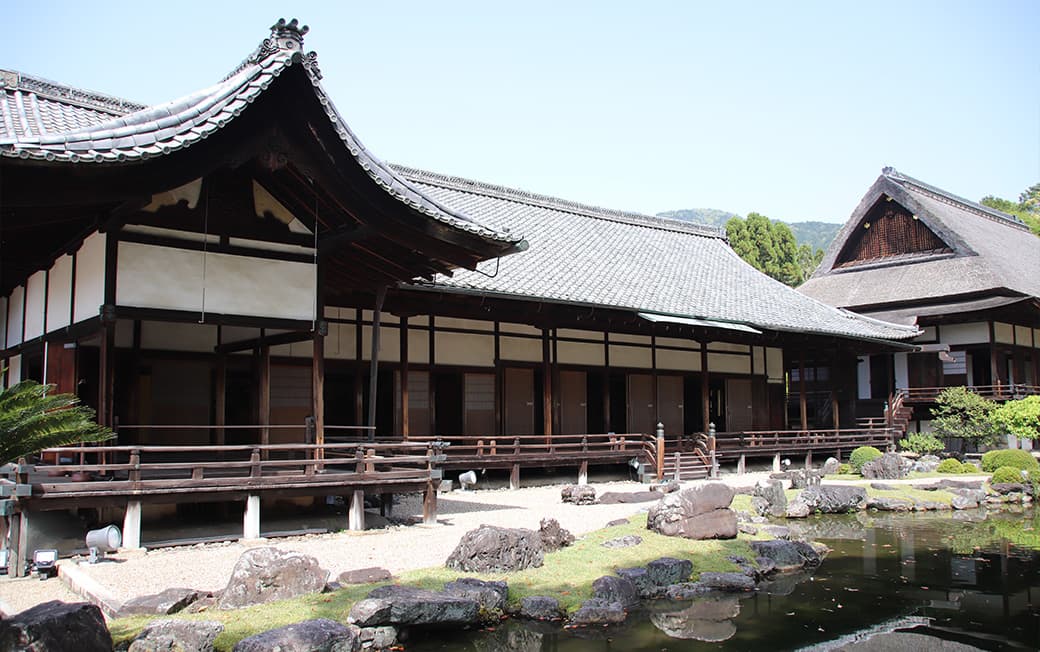
13Omote-Shoin,Drawing Room
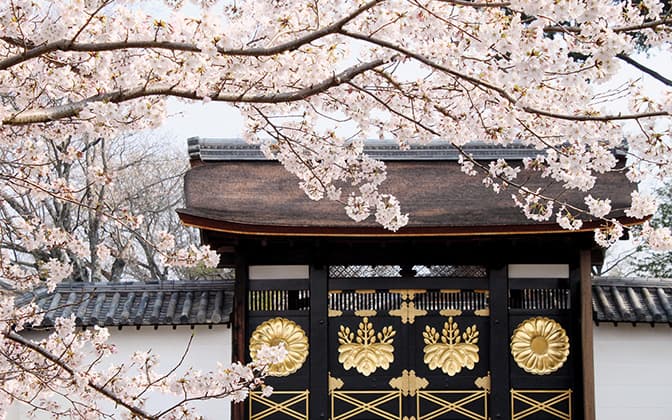
14Kara-mon,Imperial Messenger Gate
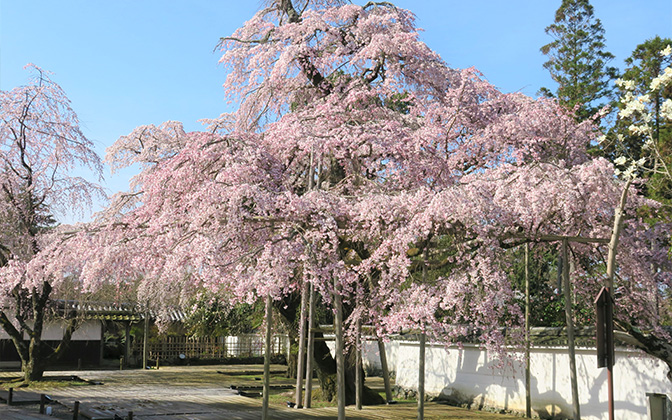
Shogun’s Weeping Cherries
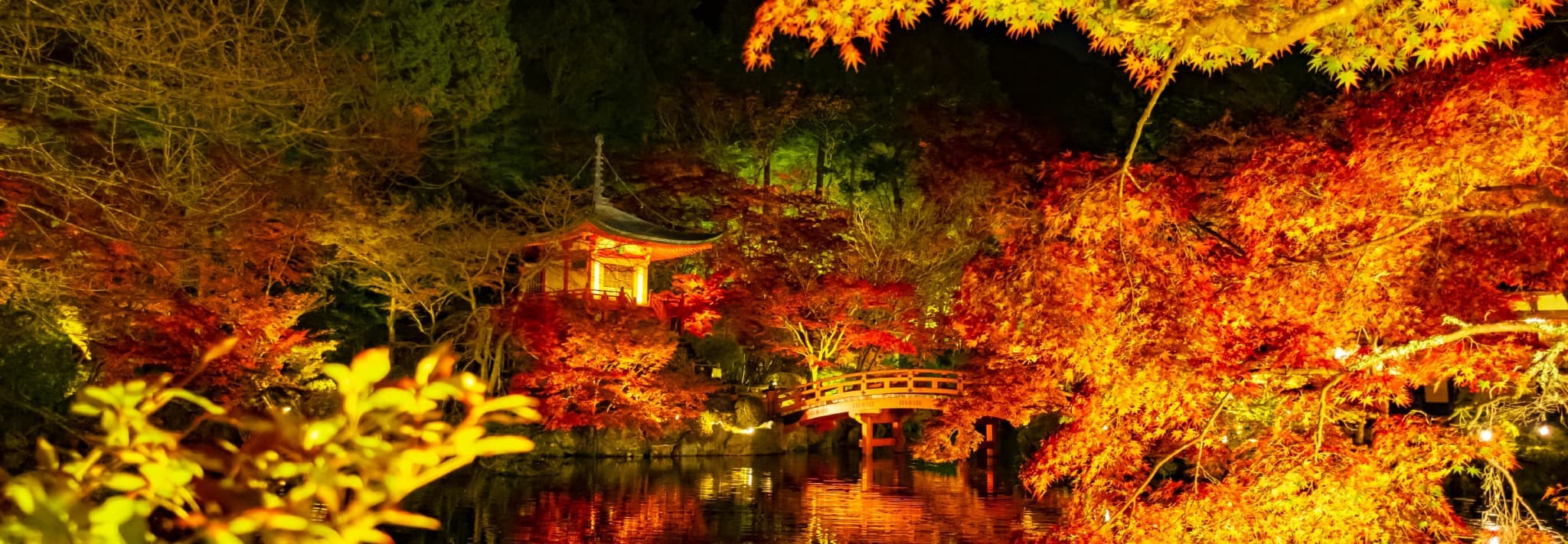
Garan Area
With numerous National Treasures, such as its magnificient Main Hall and its 38-meters Five-storied Pagoda, the oldest wooden structure of all Kyoto built in 951, the Garan is the largest area of the Daigoji temple. Notorious for its cherryblossoms in Spring and its autumnal red leaves in Fall, the area also includes a peaceful moss garden, the Muryoju-en, and a dazzling Japanese pond, the Bentendō.

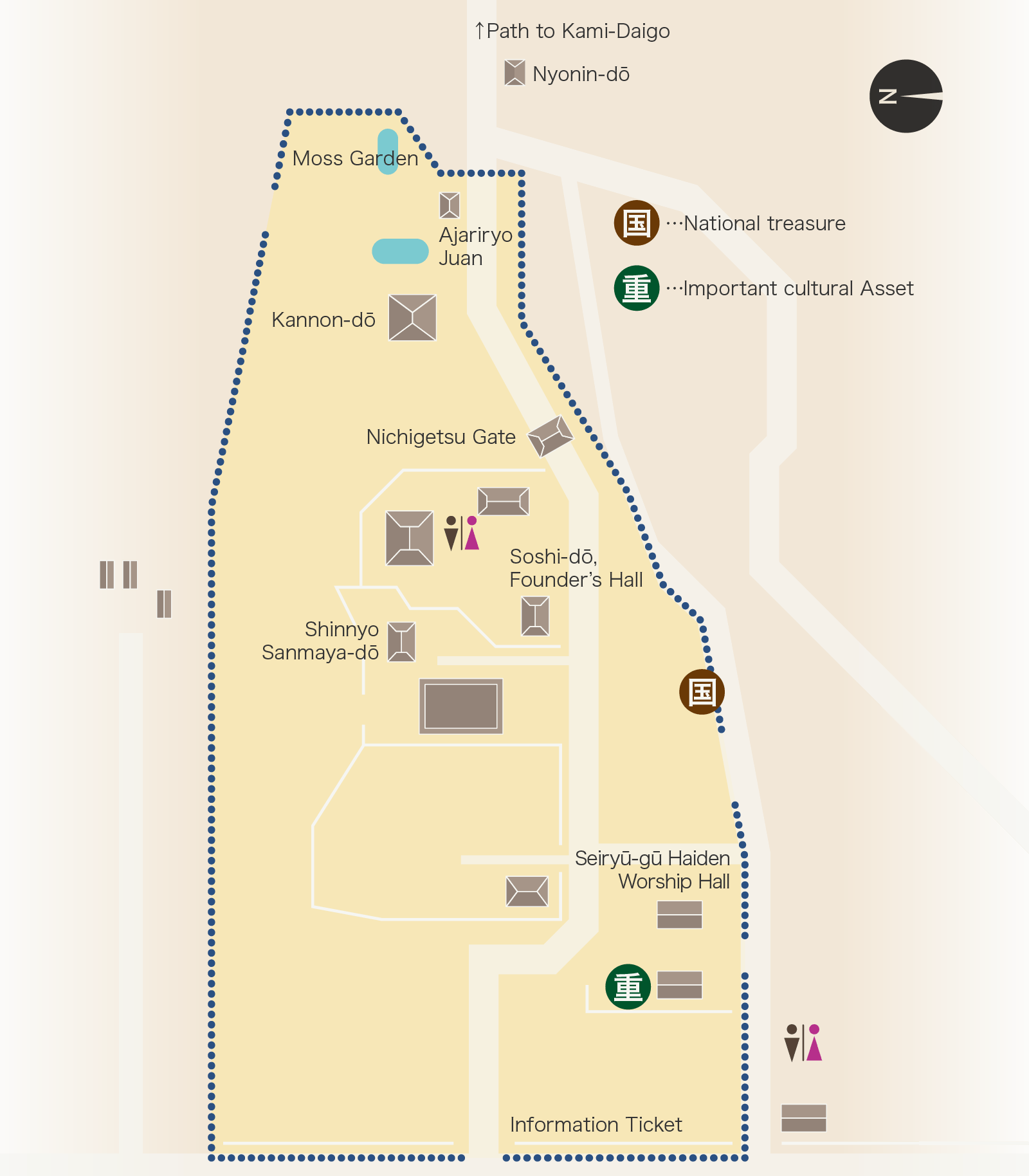
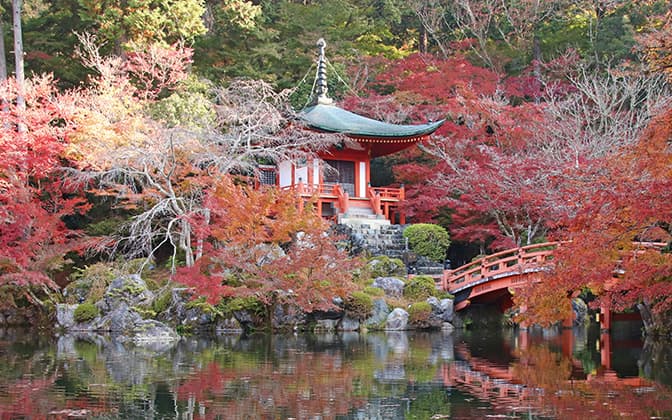
6Benten-dō
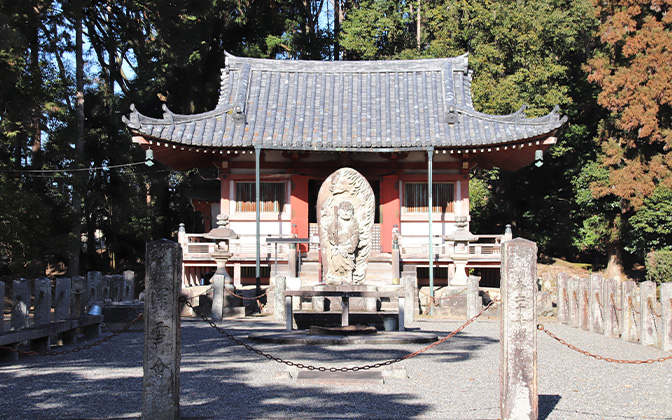
7Fudō-dō
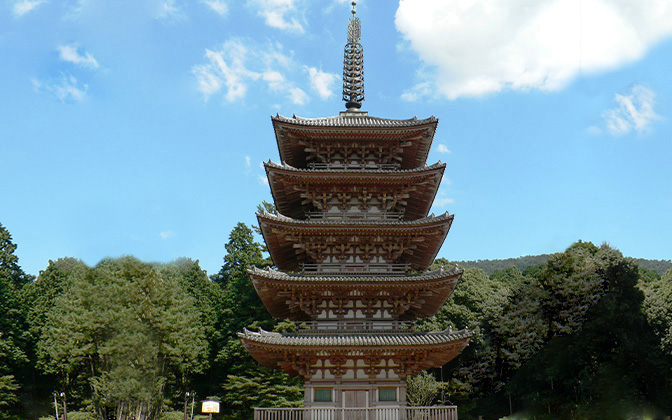
8Five-Storied Pagoda
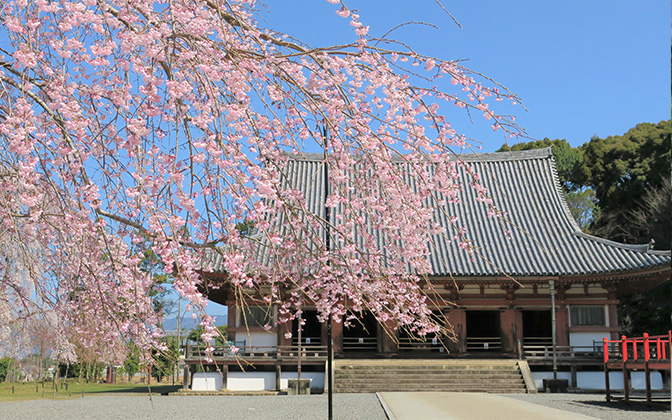
9Kon-dō,Main Hall
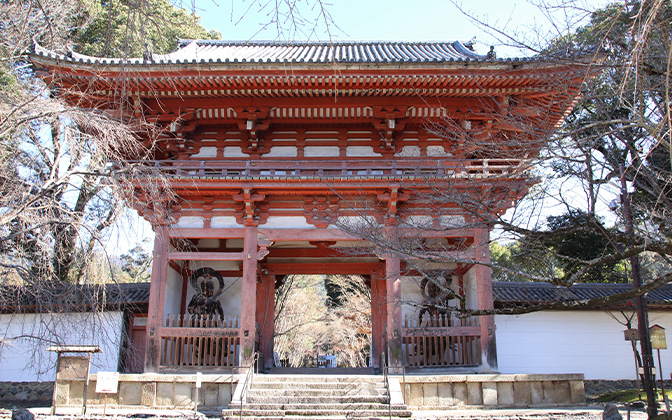
10Niō Gate
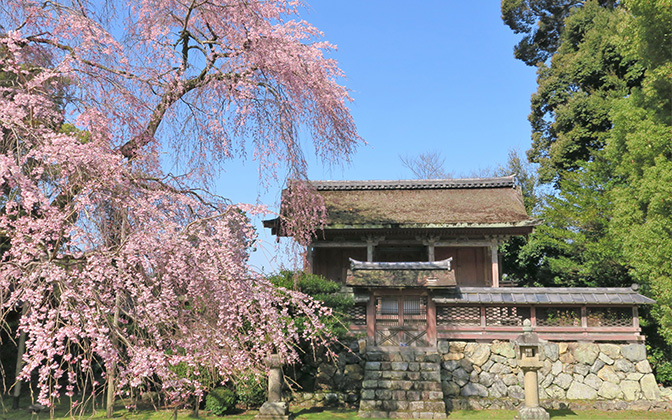
11Seiryū-gū Honden Main Sanctuary
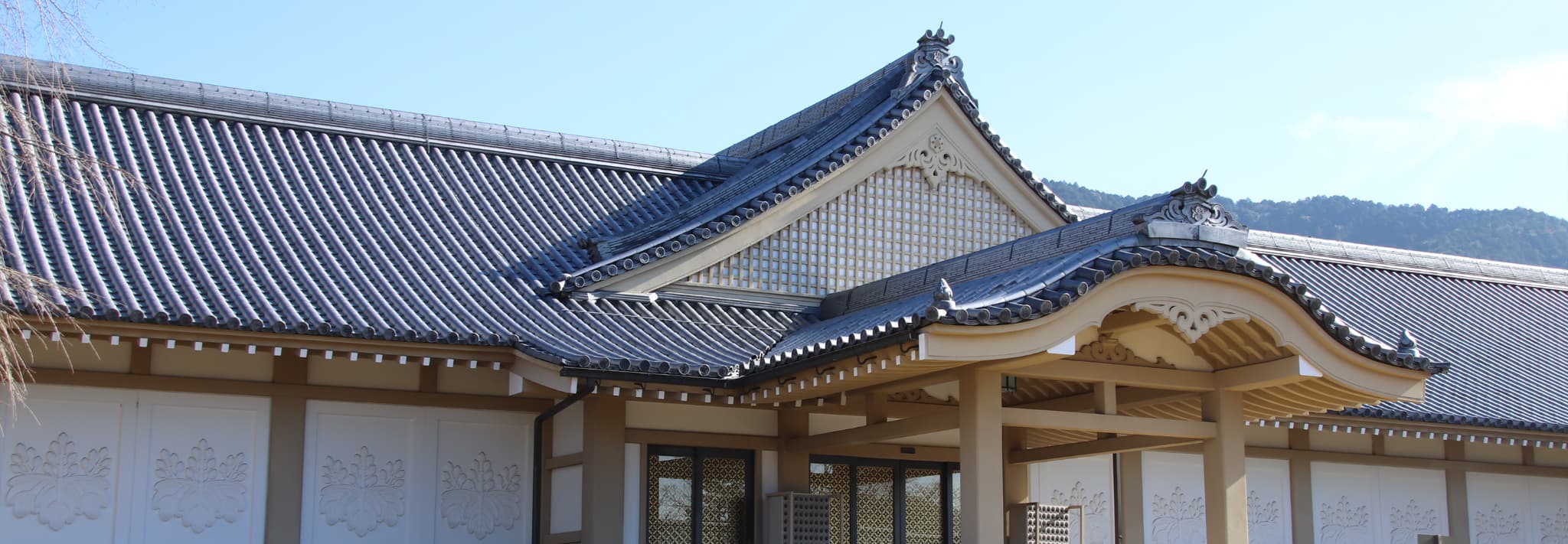
Reihōkan Area
The Reihōkan Museum exhibits Daigoji’s preserved treasures passed down since its foundation in a multitude of collections of carvings, paintings, craftworks and other ancient documents. Extremely valuable in terms of Shingon Buddhism and Art history, the temple conserves more than 150,000 items in total, the most thoughout the country. In addition to its permanent collection, special thematic exhibitions are also held seasonly, as well as art expositions in collaboration with contemporary artists.

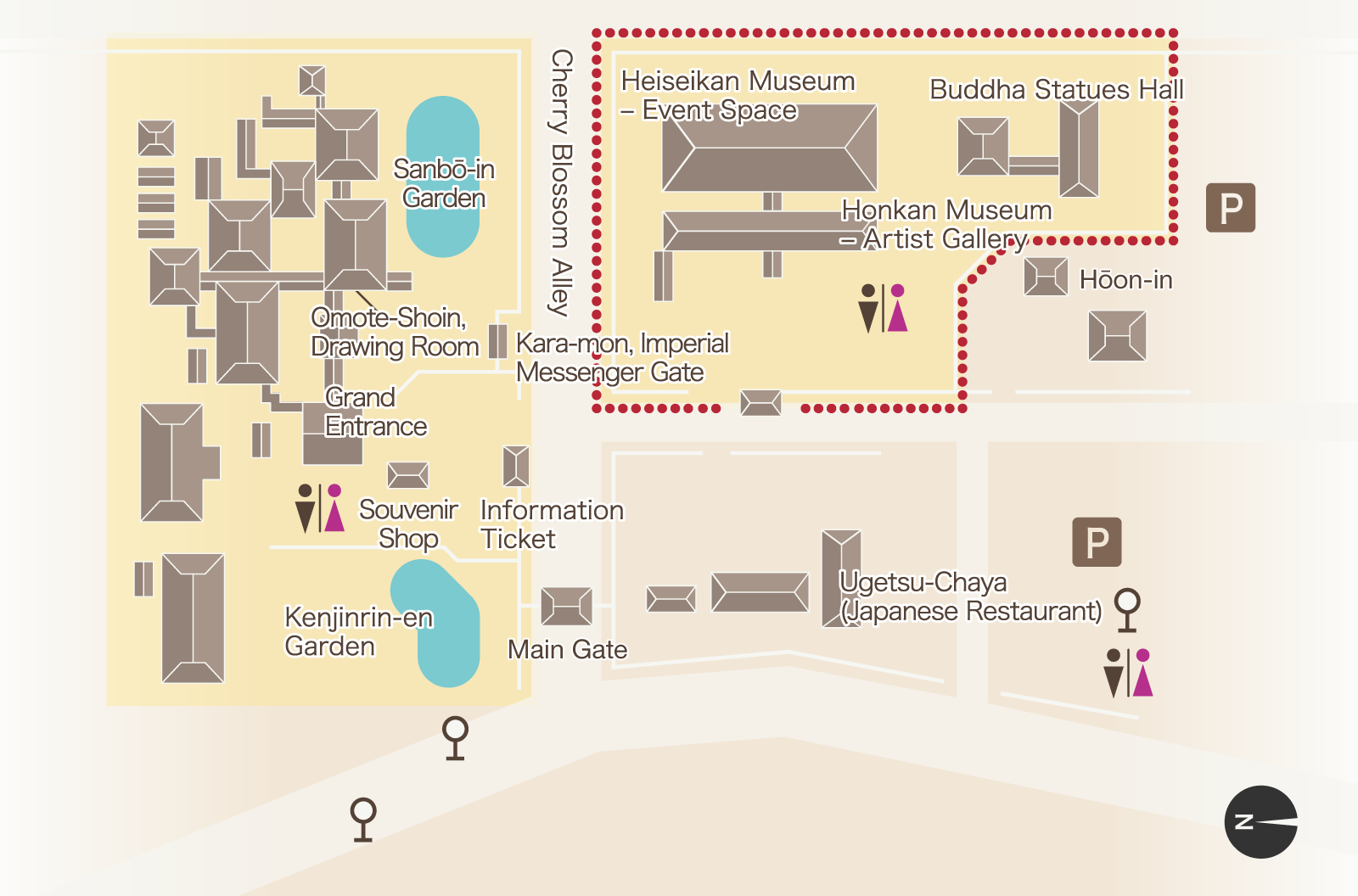
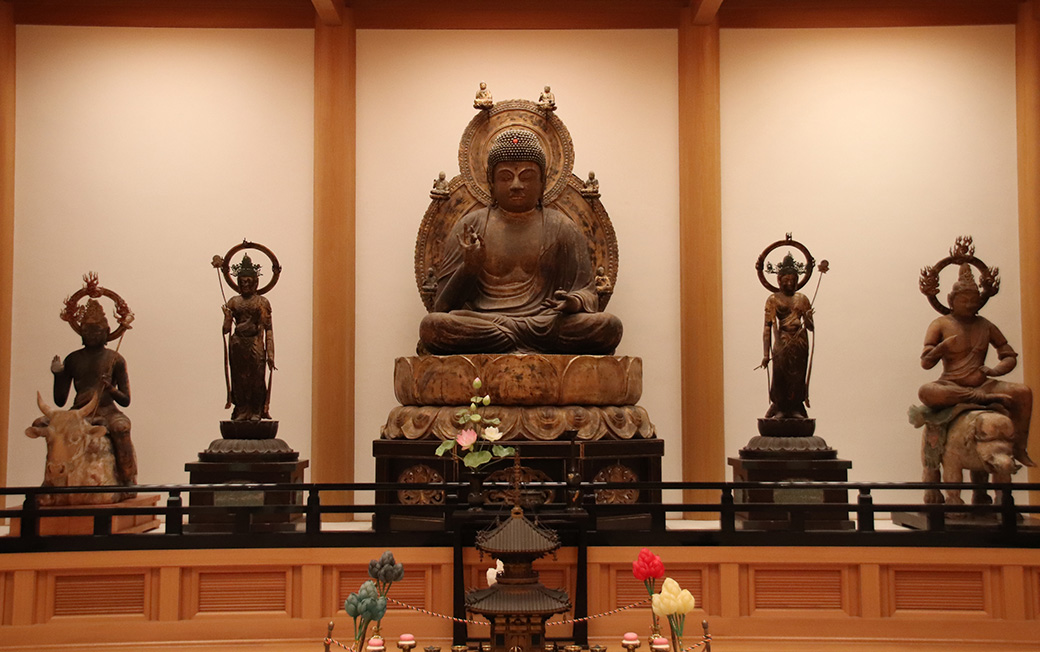
15Reihōkan
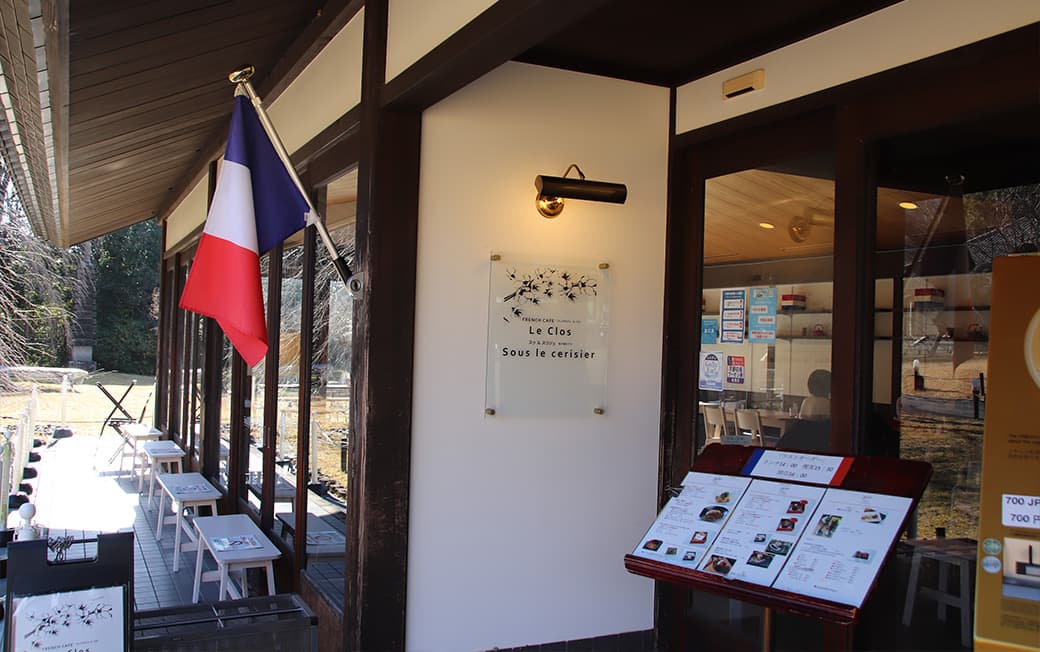
16French Café
Kami Daigo - Upper Part
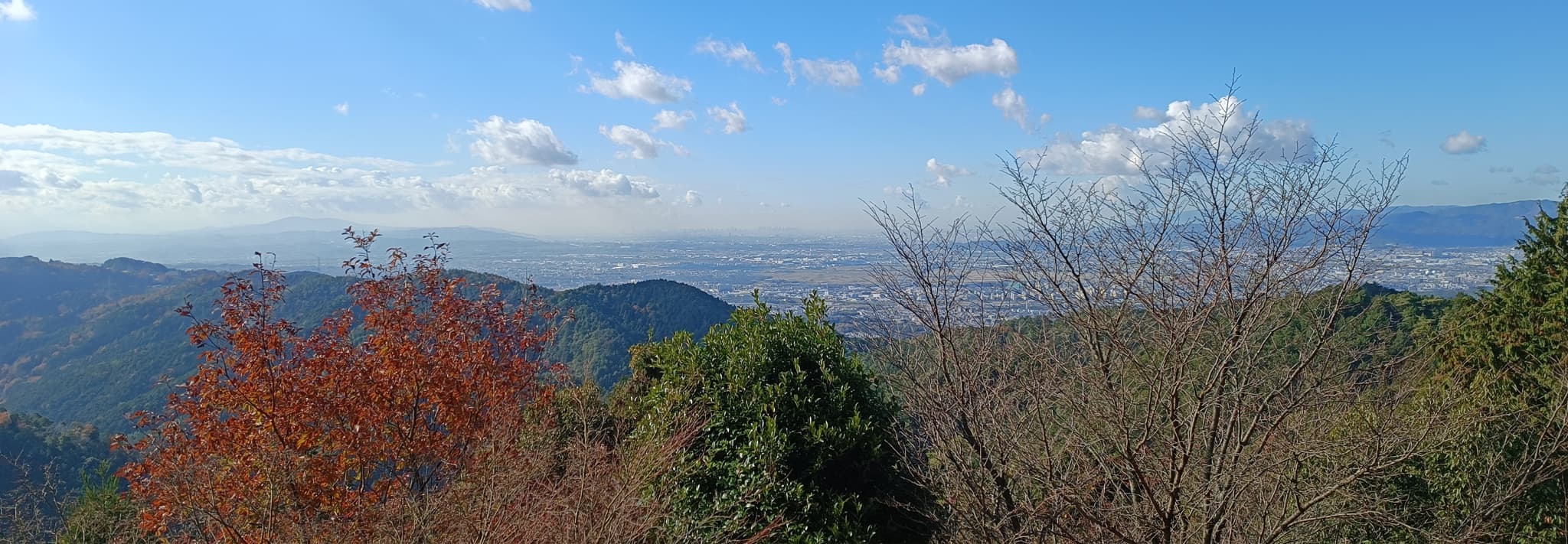
After a 60 minutes’ walk on the mountain trail, you can access the Kami Daigo, the upper part of the temple where the Daigoji was originally founded in 874. Found by Rigen Daishi, disciple of the most famous Japanese monk Kōbō Daishi, also named ‘Kūkai’, its spring water is said to be the origin of the temple, as water is the beginning of life itself. Composed of several buildings registered as Important Cultural Properties, the path to Kami Daigo itself is a Shūgendō trail, exhilarating the five senses and revealing the sensational beauty of Japanese Nature.
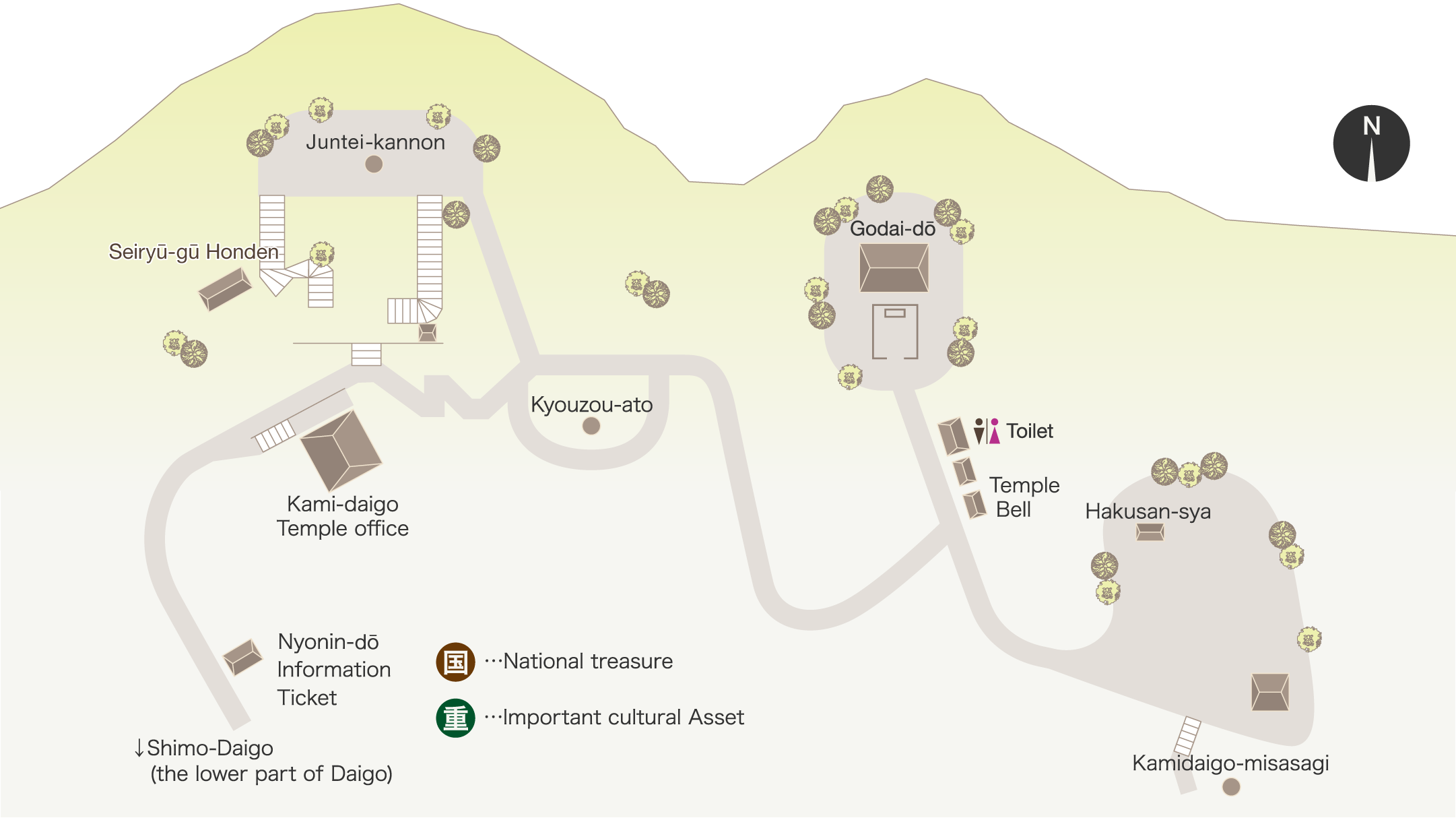
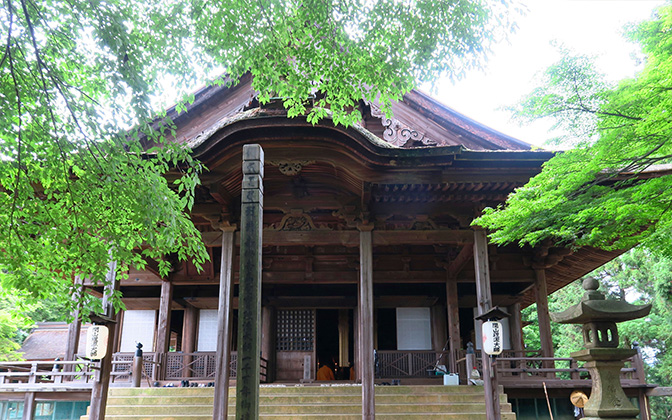
1kaisan-dō
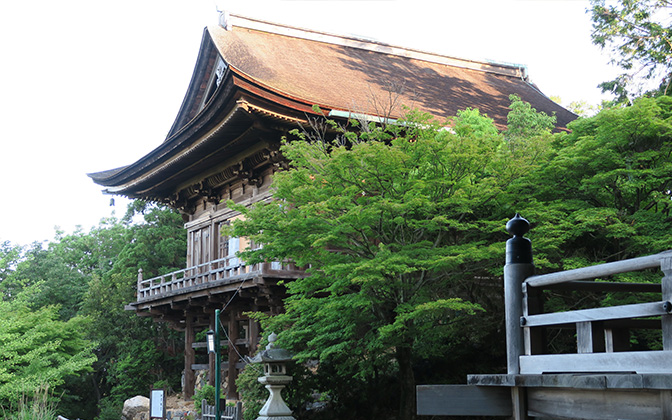
2Nyoirin-dō
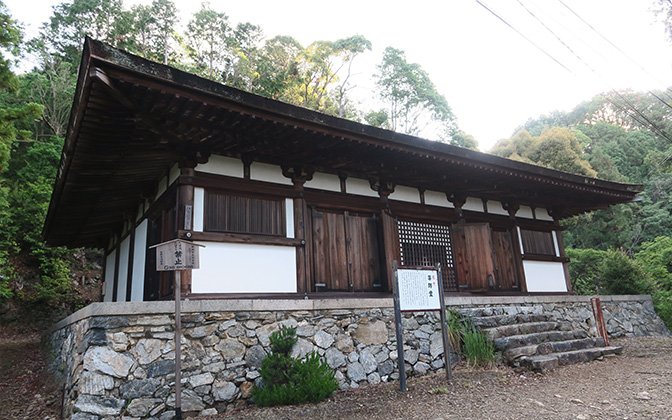
3Yakushin-dō
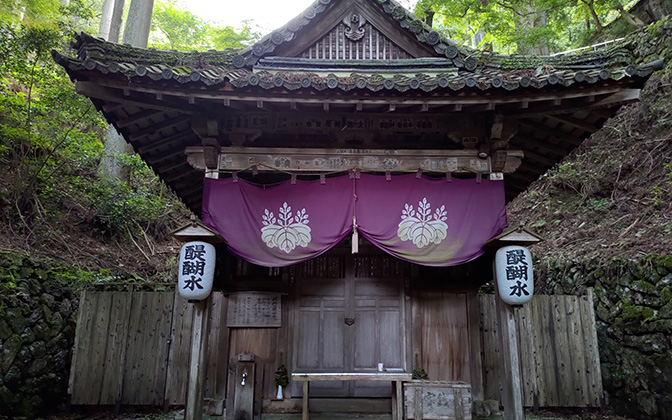
4Daigo-Sui
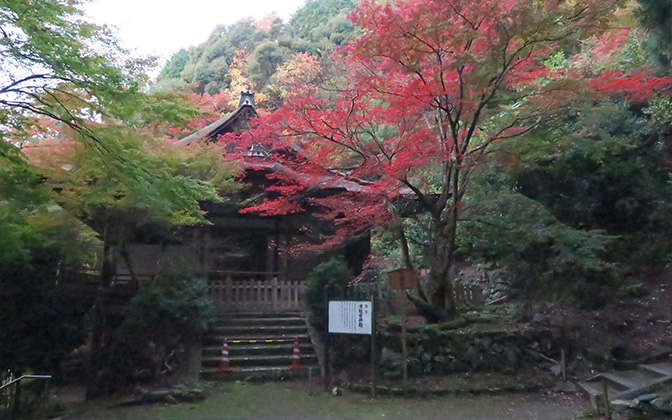
5Seiryū-gū Haiden
